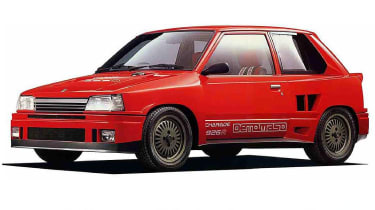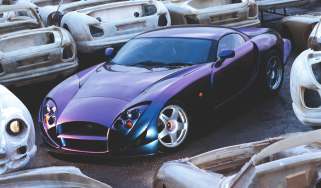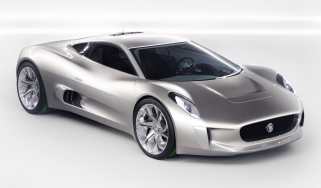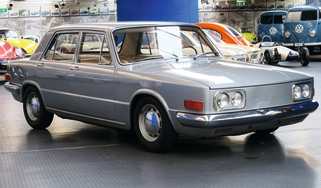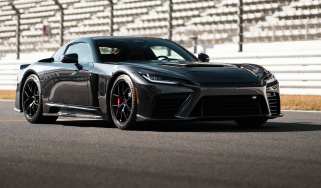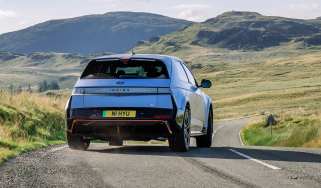Daihatsu Charade 926R – dead on arrival
This mid-engined miniature hero was another rally-ready special lost with the cancellation of Group B
For a page covering cars that came close to production only to be culled at the prototype stage, the Group B rally years are fertile ground, and here we are again with another obscurity from that amazing era of homologation specials.
Despite the Japanese name above the door, the story of this car is also rooted in Italy and Innocenti, the Milanese company that made BMC Minis under licence, was bought by British Leyland in 1972, and in 1974 introduced its own Mini, using the same old underparts but dressed in a crisp Bertone-styled body. This was such a convincing update that BL considered selling it through its own channels, only abandoning this plan because the Italian remix had less interior space than the British original and Longbridge marketing people couldn’t stomach such a retrograde step.
> Daihatsu X-021 sports car – dead on arrival
In 1976, Innocenti was sold to Alejandro de Tomaso, he of Vallelunga and Pantera fame, and the company continued making its own Mini until the start of the ’80s when its deal with BL ended. At this point De Tomaso used the opportunity to develop a new chassis for its Mini and set out to find a more modern engine for it, as well as a way of distributing it across Europe without BL’s help. Enter Daihatsu, which had an up-to-date three-cylinder motor that would fit in the car’s stubby nose and a small Euro dealer network through which the updated car could be sold. And this, in a long-winded way, is how we end up at the rally special you see here.
The original Daihatsu Charade of 1977 had punched above its delicate weight in rallying and in 1981 Daihatsu presented a one-off turbocharged version which it billed as being made in association with its new friends at De Tomaso. For the second-generation Charade of 1983, a turbocharged model became part of the range and was homologated for Group A rallying the following year. Daihatsu wanted to aim higher, however, and for the 1985 season worked in partnership with De Tomaso to create a new variant, the 200-off Charade 926 Turbo, its name reflecting a capacity drop from 993cc to 926cc so that, when subjected to the turbo engine multiplication factor of 1.4, it would drop neatly into Group B’s sub-1.3-litre class. But the Japanese company’s rallying dreams were bigger still and at the 1985 Tokyo motor show it revealed the 926R, again touted as a co-production with De Tomaso.
The new rally machine used a modified version of the same 926cc turbocharged three-cylinder, now making 118bhp, but the big difference was that the engine sat in the middle of the car, driving the rear wheels. And this wasn’t the only change because the 926R also had double-wishbone suspension, a wider track, a bespoke shell that used only the doors and roof of the regular Charade, and a functional, cliff-faced dashboard, all the better to carry multiple extra dials in the driver’s sightline. In the B/9 category for cars of 1299cc or less the 926R had the potential to monster the front-engined, front-drive competition, its modest power output balanced against a claimed weight of 800kg for the road-trimmed prototype and the possibility of whittling that down towards the 675kg minimum for the competition version. Sadly, the car would never get to see a special stage.
The story of the 926R’s demise is a familiar one for Group B prototypes: Daihatsu and De Tomaso were keen but the abrupt cancellation of the series in 1986 brought the project to an end. The car could have been homologated for Group A instead, but the requirement for 5000 road cars instead of Group B’s manageable 200 made the idea untenable and what could have been an amazing 7/8-scale Renault 5 Turbo instead became a forgotten footnote in rallying history.
This story was first featured in evo issue 304.
